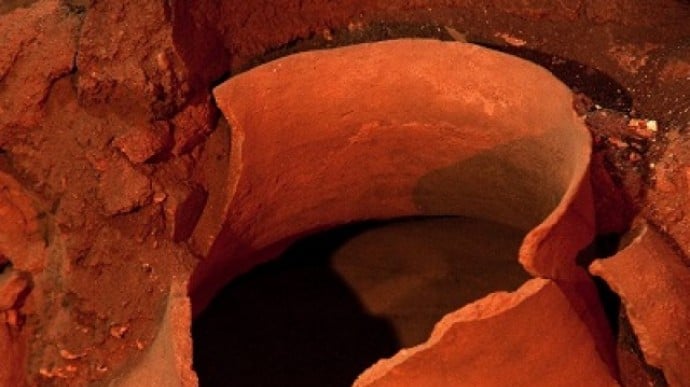 Video
Video
New techniques, new attitudes and new perspectives mean that the Department of Anthropology and Archaeology at the University of Pretoria is blazing a new trail and setting the standard for how archaeology should be done in southern Africa.
 Infographic
Infographic
New techniques, new attitudes and new perspectives mean that the Department of Anthropology and Archaeology at the University of Pretoria is blazing a new trail and setting the standard for how archaeology should be done in southern Africa.
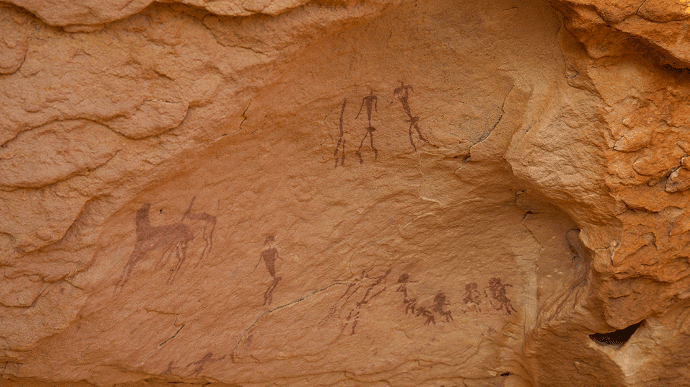 Stories
Stories
New techniques, new attitudes and new perspectives on southern African archaeology mean that the Department of Anthropology and Archaeology at the University of Pretoria (UP) is blazing a new trail and setting the standard for how archaeology should be done in southern Africa.
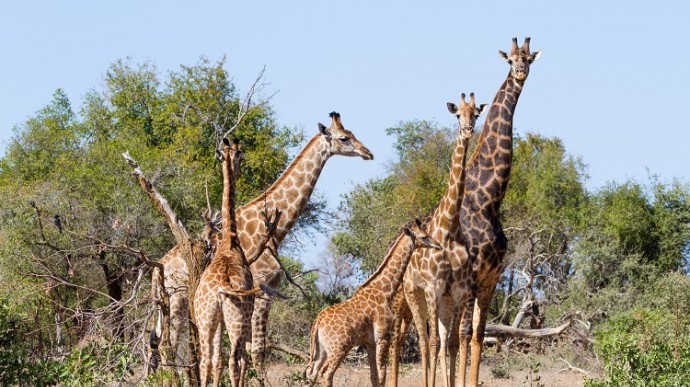 Story
Story
Giraffes, like so many species in Africa, are under threat. While scientifically inaccurate cultural beliefs exist which claim that lion bone, rhino horn and pangolin scales have health benefits for humans, certain cultures consider the giraffe's tail to be a status symbol.
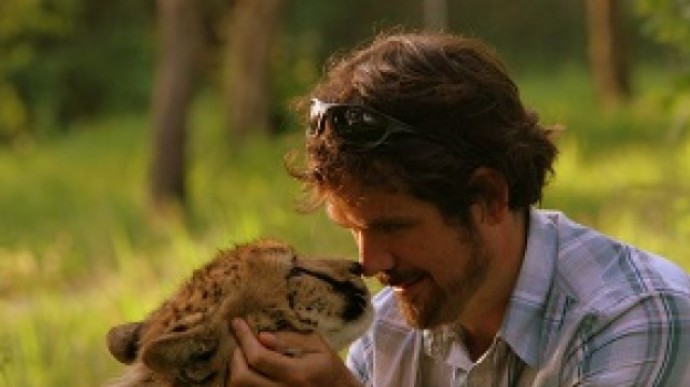 Story
Story
It can reach a speed of 100km/h in just three seconds, is extremely light in weight and aerodynamically streamlined, and can cover nine metres in just one stride at almost four strides per second. For more than half of every stride, it is airborne.
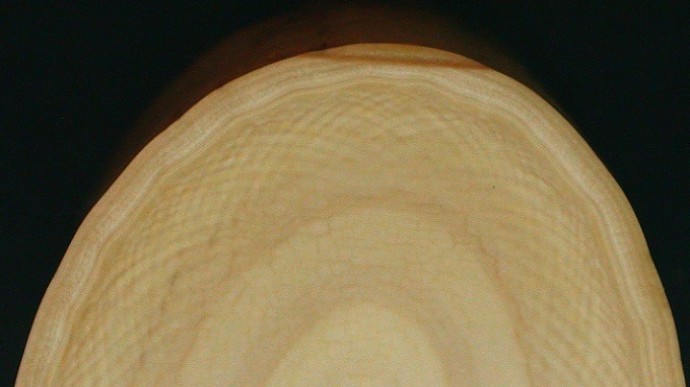 Photo
Photo
It might sound strange at first to hear of a professor in human oral pathology who researches animals, but Prof Erich Raubenheimer has spent over a quarter of a century studying the great African Elephant (Loxodonta africana). What started as a challenge by an American researcher to bring something unique to the international research community, soon became so much more than science and one of...
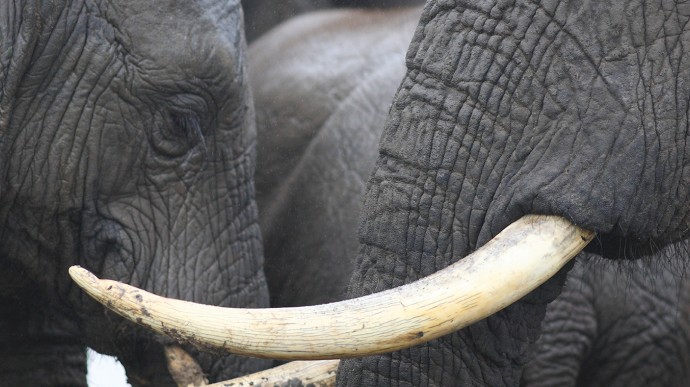 Talking Point
Talking Point
It might sound strange at first to hear of a professor in human oral pathology who researches animals, but Prof Erich Raubenheimer has spent over a quarter of a century studying the great African Elephant (Loxodonta africana). What started as a challenge by an American researcher to bring something unique to the international research community, soon became so much more than science and one of...
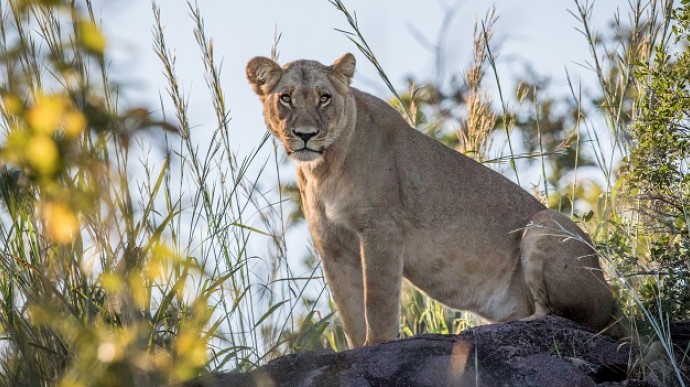 Story
Story
In most medical success stories, one would expect to hear about procedures first being successfully tested on animals before they are applied in the human realm of medicine.
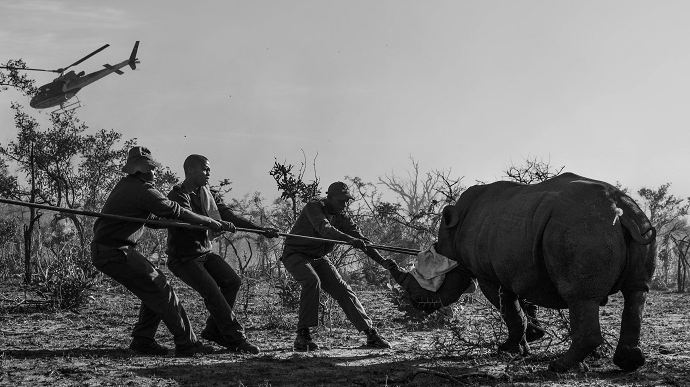 Story
Story
The reality of rhino poaching has made us all too aware of the fragility of the species. It is with growing frequency that veterinary professionals are required to work on these animals in an attempt to save them.
Copyright © University of Pretoria 2025. All rights reserved.
Get Social With Us
Download the UP Mobile App